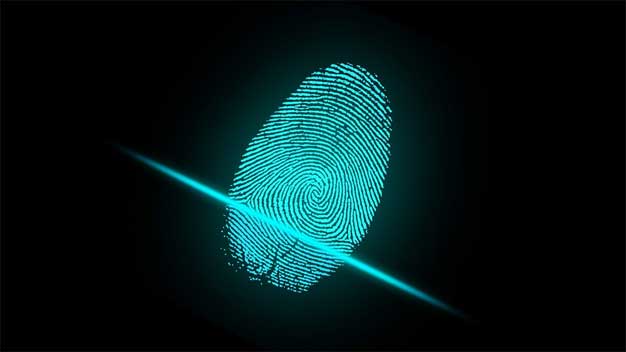Police In South Wales Use Fingerprint From WhatsApp Photo To Catch Drug Dealer
Police around the world have been using fingerprints to catch criminals for decades. Normally these fingerprints are lifted from surfaces or objects at the scene of a crime. Police in Wales recently used a photograph of a finger to catch and convict 11 drug traffickers. The process of using fingerprints from a digital photo is hailed as groundbreaking.

Dave Thomas of South Wales Police said that the police force will now analyze images more closely when it finds them on smartphones seized during investigations. In this case, the police seized a smartphone at a home where an anonymous tip informed police of potential drug activity. The phone was found to have WhatsApp messages that went back for several months and the messages held evidence that was important to the case.
"It had a number of texts such as, 'What do you want to buy?' on it," Thomas told the BBC. "There was then the photograph of the hand holding pills that seemed like it was sent to potential customers saying, ‘These are my wares, I’m selling these’."
In the photo part of the dealer's finger, the middle and bottom portion was visible. The top part of the finger normally used for fingerprinting was not visible in the image. That top section is also the part of the finger that is recorded in the U.K. national database. The lack of the top portion of the finger meant that the investigators couldn't make a match using the database. What the investigators were able to do was use the information in the fingerprint to convict the suspect.
"While the scale and quality of the photograph proved a challenge, the small bits were enough to prove he was the dealer," said Thomas, "It’s now opened the floodgates and when there's part of a hand on a photograph, officers are sending them in."
The last time WhatsApp was in the news was when word of a security flaw that left encrypted group chats vulnerable surfaced in January 2018.

